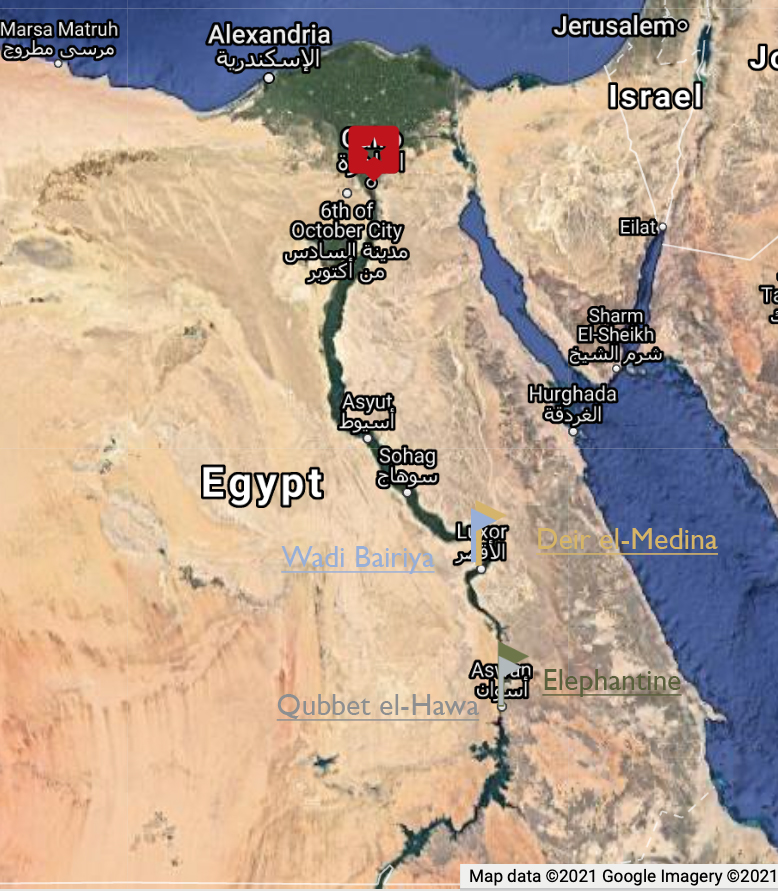
The ÉBÉNES research programme is a comprehensive, multidisciplinary study of the history of wood in ancient Egypt. Applying a diachronic approach, it explores the economic and artistic networks that governed the use of wood over time whilst also focusing on the preservation of the artefacts. By combining Egyptology, archaeometry, philology and restoration, ÉBÉNES brings together specialists who contribute towards the study of the many different aspects of ancient wood, a natural product used in Egypt without interruption from the Pharaonic period to the time of Islam.
This project focuses on Theban woodcraft during the New Kingdom, comparing wooden objects from the Western Wadi necropolises with contemporary wood production elsewhere in Egypt. Of particular interest is the study of production specifically relating to the Royal Family of King Amenhotep the Third.
The interdisciplinary WASET project brings together for the first time in Egyptology the across disciplines of archaeometry, art history, archaeology and text study to conduct a detailed analysis of the economic and social networks of wood in Egypt during the Middle Kingdom (MK) and Second Intermediate Period (2IP) (ca. 2050-1550 BC) through a comprehensive study of wood funerary objects discovered in Thebes, the ancient Egyptian center known as Waset.
The PÉRCÉA Bois project, carried out between 2018 and 2020, was initiated in order to document, analyse, restore, archive and publish the important collection of archaeological wooden artefacts currently stored in the basement of the French Institute in Cairo. Thanks to the Institute’s commitment towards preserving and enhancing its collections, this group of nearly 250 objects, left largely untouched since the beginning of the 20th century, has now been examined and recorded, facilitating access to the objects and improving our knowledge of them.
The area of the First Cataract of the Nile played a major role in controlling the flow of luxury goods from Nubia and the Horn of Africa into Egypt: in particular gold, ivory and the wood known as ‘Pharaoh’s ebony’ or African grenadilla (Dalbergia melanoxylon). Study of the archaeological material discovered in the city of Elephantine and the necropolis of Qubbet el-Hawa offers the opportunity to explore the use of this exotic wood in the First Cataract region, the trade networks necessary to obtain it, and also the wider distribution of this wood in other parts of Egypt.
The EGYARN project proposes an innovative view of the textile production of New Kingdom Egypt, especially in the Theban area where several sites around the capital have yielded exceptionally rich archaeological evidence.
Through a combined study of funerary texts and related funerary material (wooden coffins, walls decoration of funeral chambers), the 4-year MORTEXVAR project (Earlier Ancient Egyptian Mortuary Texts Variability July 2019 – June 2023, University of Alcalá) aims to reconnect Texts and Materiality.
Apri un sito e guadagna con Altervista - Disclaimer - Segnala abuso